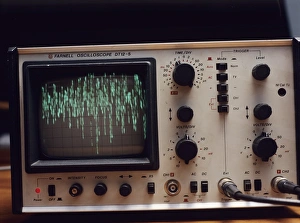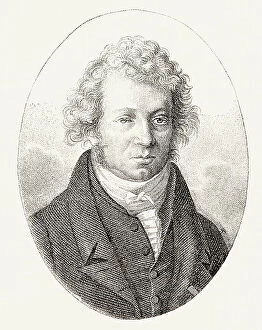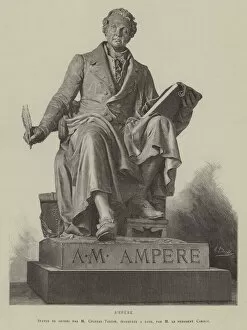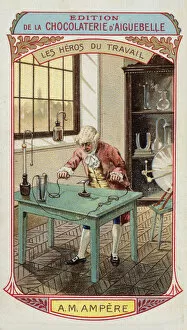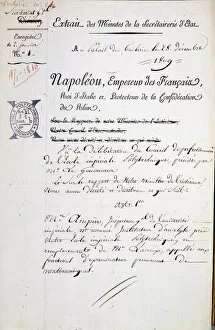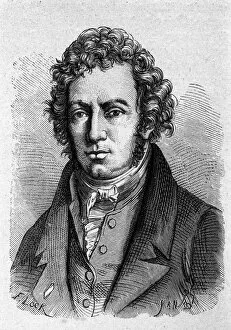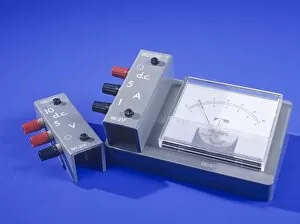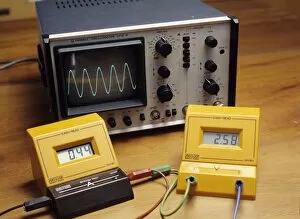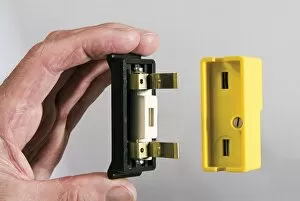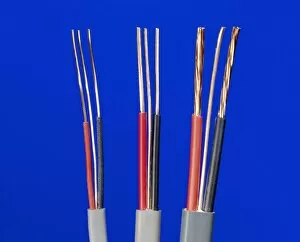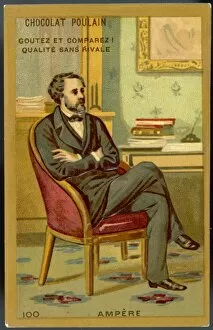Ampere Collection
"Ampere: Exploring the Currents of Science and Literature" Step into the world of Ampere, where science and literature intertwine
All Professionally Made to Order for Quick Shipping
"Ampere: Exploring the Currents of Science and Literature" Step into the world of Ampere, where science and literature intertwine. From the mesmerizing display on an oscilloscope to captivating literary salons, this caption takes you on a journey through the life and achievements of Andre Marie Ampere. In a cozy literary salon titled "Around Madame Recamier, " intellectuals gather to discuss their favorite works. Little do they know that hidden within these conversations lies Ampere's curiosity about electrical currents. As he delves deeper into his studies, he unveils groundbreaking discoveries in the measurement of electrical currents, forever changing our understanding of electricity. One particular incident stands out in history when Francois Arago drew two keys from his pocket. This seemingly ordinary act caught Ampere's attention as he sought to comprehend its underlying principles. Through meticulous research and experimentation, Ampere unraveled the secrets behind electromagnetic forces. His brilliance extended beyond just electrical currents; it also made significant contributions to atomic theory. In his work "Atoms: The Atomic Weight, " he presented revolutionary ideas that shaped our understanding of matter at its fundamental level. A portrait captures Andre Marie Ampere engrossed in drawing an array representing his scientific findings—a testament to his dedication and passion for unraveling nature's mysteries. Another artwork showcases him alongside a schema du poids atomique—an illustration symbolizing his profound impact on atomic weight calculations. The admiration for this remarkable physicist is evident in various artistic depictions throughout history—a colorful lithograph showcasing him as vibrant as ever or a bronze statue inaugurated by President Carnot in Lyon—both honoring his immense contributions to science. Recognized as one of France's heroes of labor, Napoleon himself appointed Ampere as inspector of Polytechnique—an accolade highlighting not only his scientific prowess but also his administrative skills.

